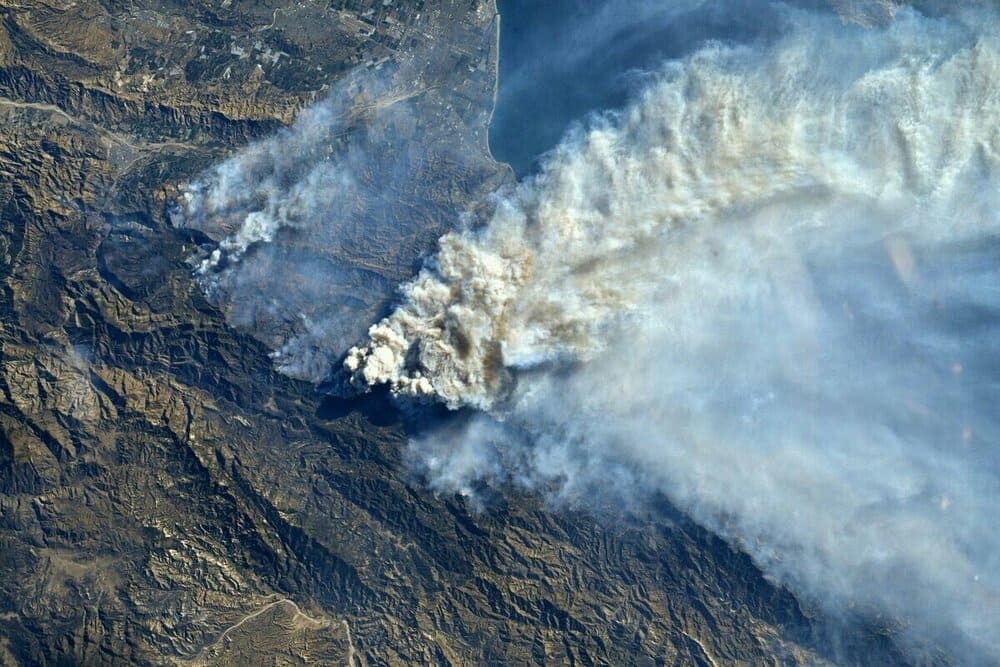Satellites play a crucial role in disaster management by providing vital data and services that enhance the ability to predict, monitor, respond to, and recover from disasters. Here are some key ways in which satellites contribute to disaster management:
1. Early warning systems
- Weather satellites: satellites such as NOAA’s GOES series and Europe’s Meteosat provide real-time weather data, crucial for predicting and monitoring weather-related disasters like hurricanes, typhoons, and floods.
- Earth observation satellites: satellites like the European Space Agency’s Sentinel series and NASA’s Landsat program monitor environmental changes, helping predict events like droughts, volcanic eruptions, and landslides.
2. Disaster monitoring and assessment
- Imaging and remote sensing: high-resolution imagery from satellites such as those in the WorldView or SPOT series enables detailed monitoring of affected areas. This helps assess the extent of damage and the impact on infrastructure and communities.
- Thermal imaging: satellites equipped with thermal sensors, such as those in the Suomi NPP satellite, can detect wildfires and volcanic activity by identifying heat signatures.
3. Communication and coordination
- Satellite communications: in disaster-stricken areas where terrestrial communication infrastructure is damaged, communication satellites like those in the Iridium or Inmarsat constellations provide essential communication links for rescue and relief operations.
- Global Navigation Satellite Systems (GNSS): systems such as GPS, GLONASS, and Galileo facilitate precise location tracking, which is crucial for coordinating search and rescue operations and delivering aid.
4. Post-disaster recovery and reconstruction
- Damage assessment: post-disaster, satellites help in assessing the damage to infrastructure and natural resources. This information is vital for planning recovery and reconstruction efforts.
- Environmental monitoring: satellites monitor environmental changes post-disaster, such as changes in land use or water bodies, which can inform sustainable recovery practices.
5. Data integration and analysis
- Geospatial Information Systems (GIS): satellite data is often integrated into GIS platforms, enabling the combination of satellite imagery with other data sources (e.g., demographic, economic). This comprehensive view supports decision-making in disaster management.
- Machine learning and AI: advanced data analysis techniques, including machine learning and AI, are applied to satellite data to predict future disasters, assess risks, and optimize response strategies.
Examples of satellite use in recent disasters
- Hurricane Katrina (2005): satellites provided critical data for predicting the hurricane’s path and assessing the subsequent flooding and damage in New Orleans.
- Indian ocean tsunami (2004): satellites were used to detect the earthquake that triggered the tsunami and to monitor the impact on coastal areas across multiple countries.
- Australian bushfires (2019-2020): thermal imaging satellites helped track the spread of fires and assess the damage, guiding firefighting efforts and evacuation plans.
Future developments
- Small satellites and constellations: the growing use of small satellites and satellite constellations, such as those deployed by companies like Planet Labs, offers higher revisit rates and more timely data for disaster management.
- Enhanced resolution and capabilities: advances in satellite technology, including improved resolution and hyperspectral imaging, will provide more detailed and accurate information for disaster prediction and response.
Satellites are indispensable tools in the modern approach to disaster management, offering capabilities that significantly enhance the ability to prepare for, respond to, and recover from disasters.


